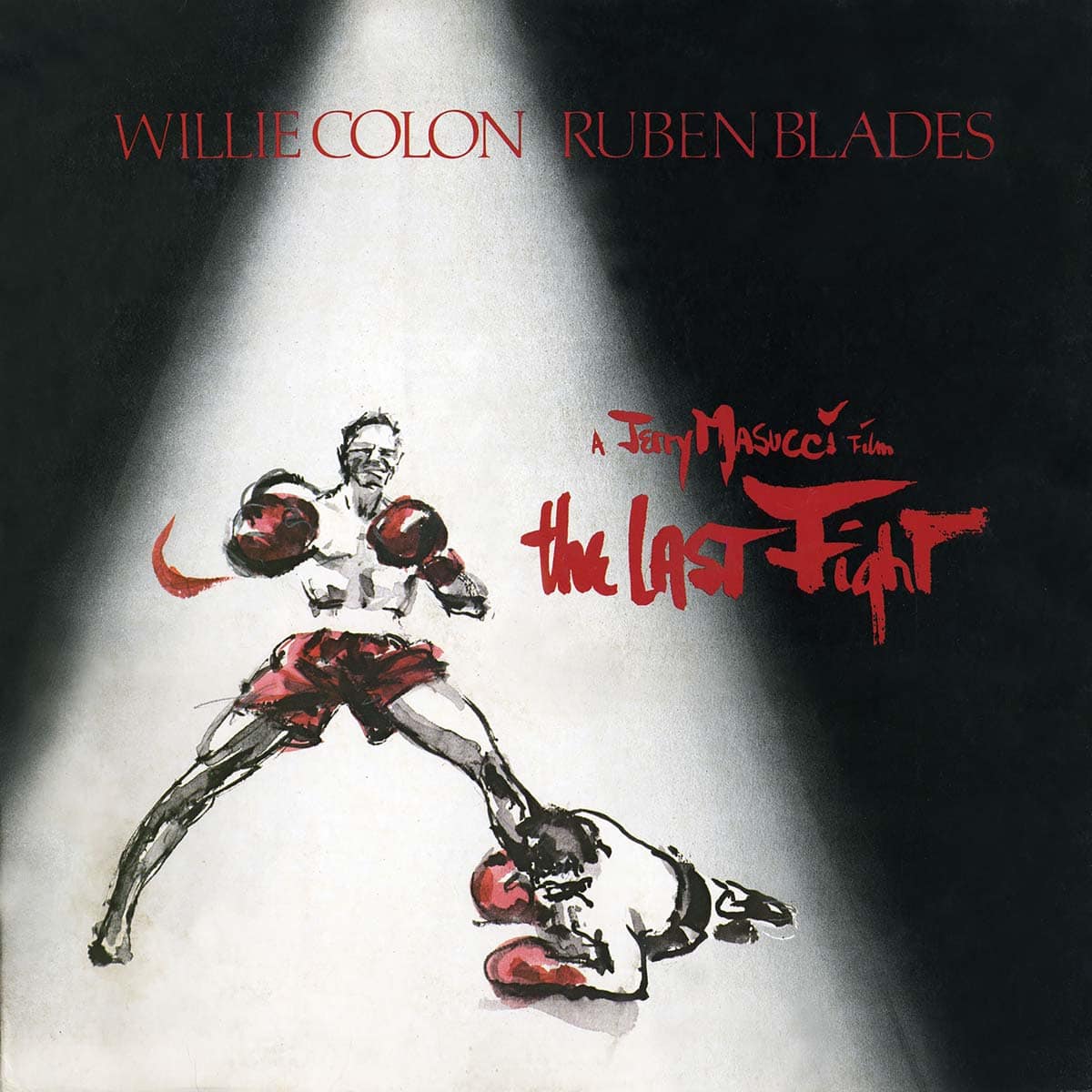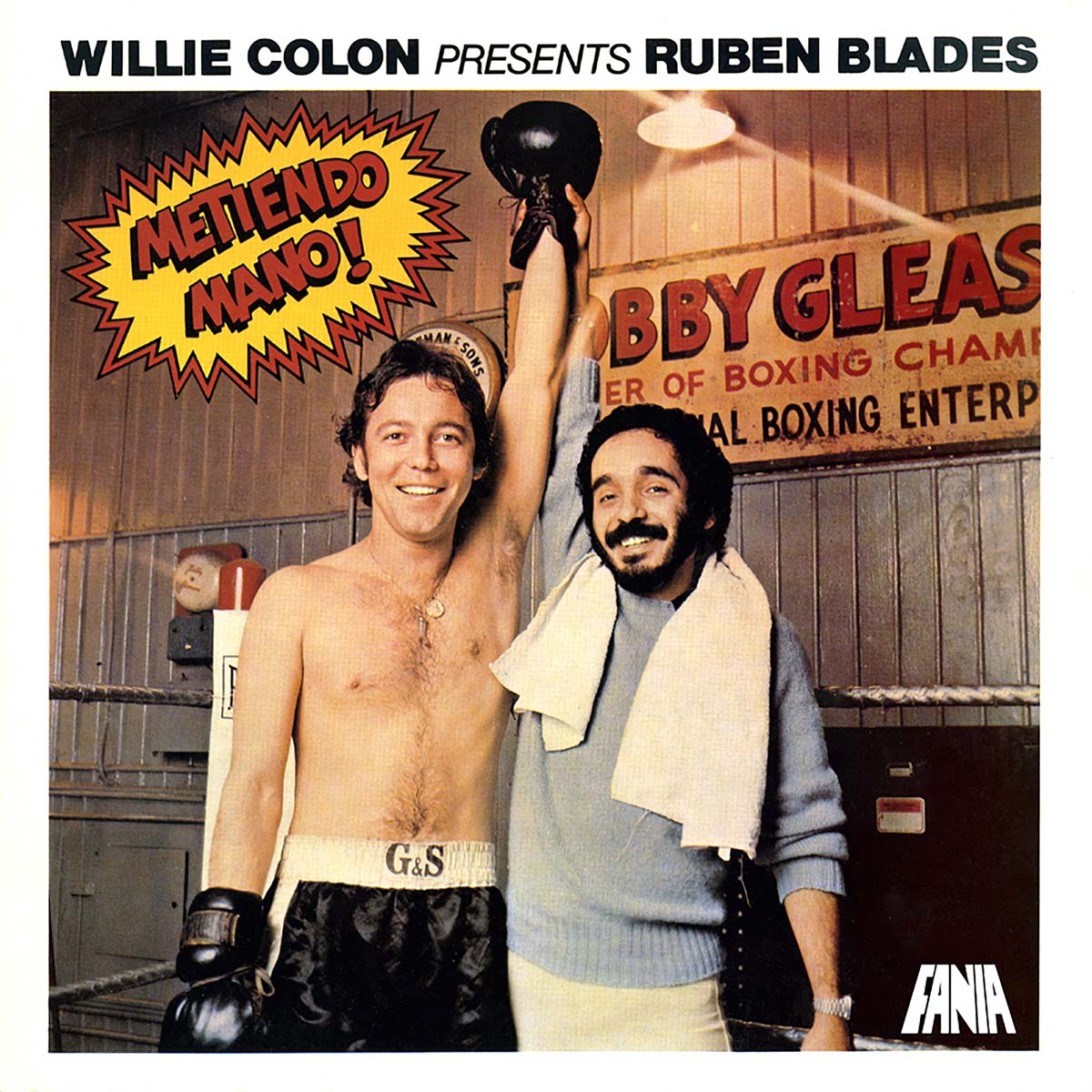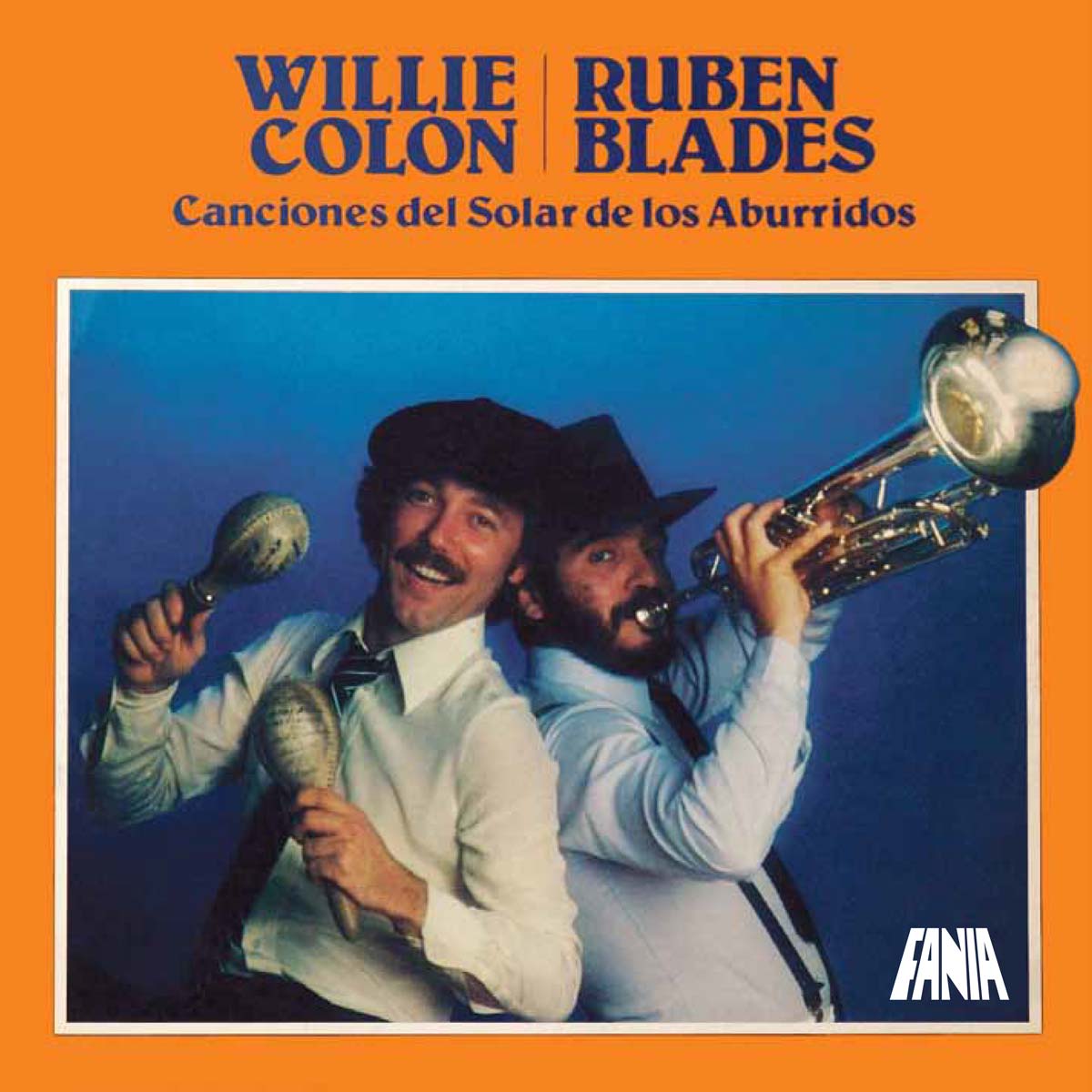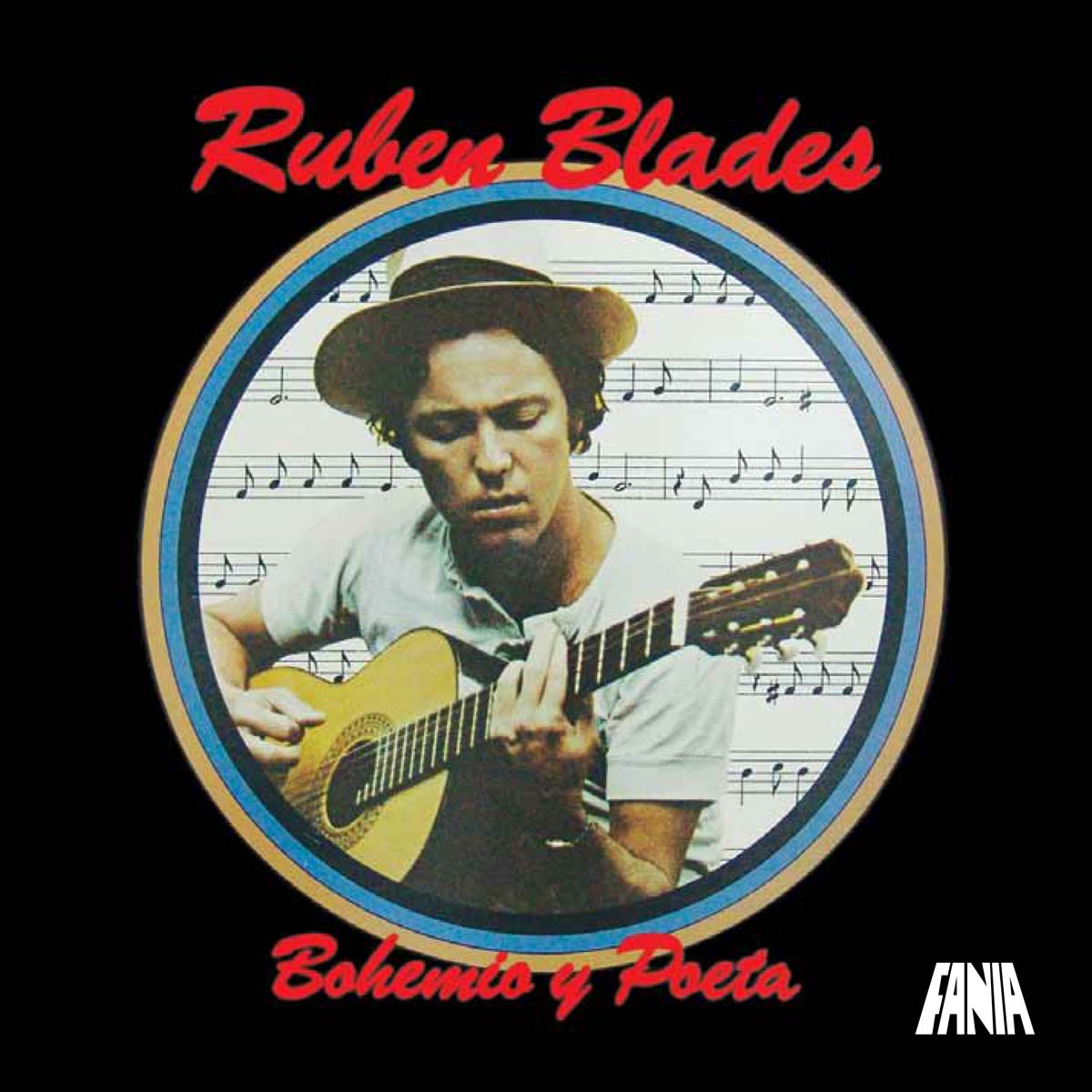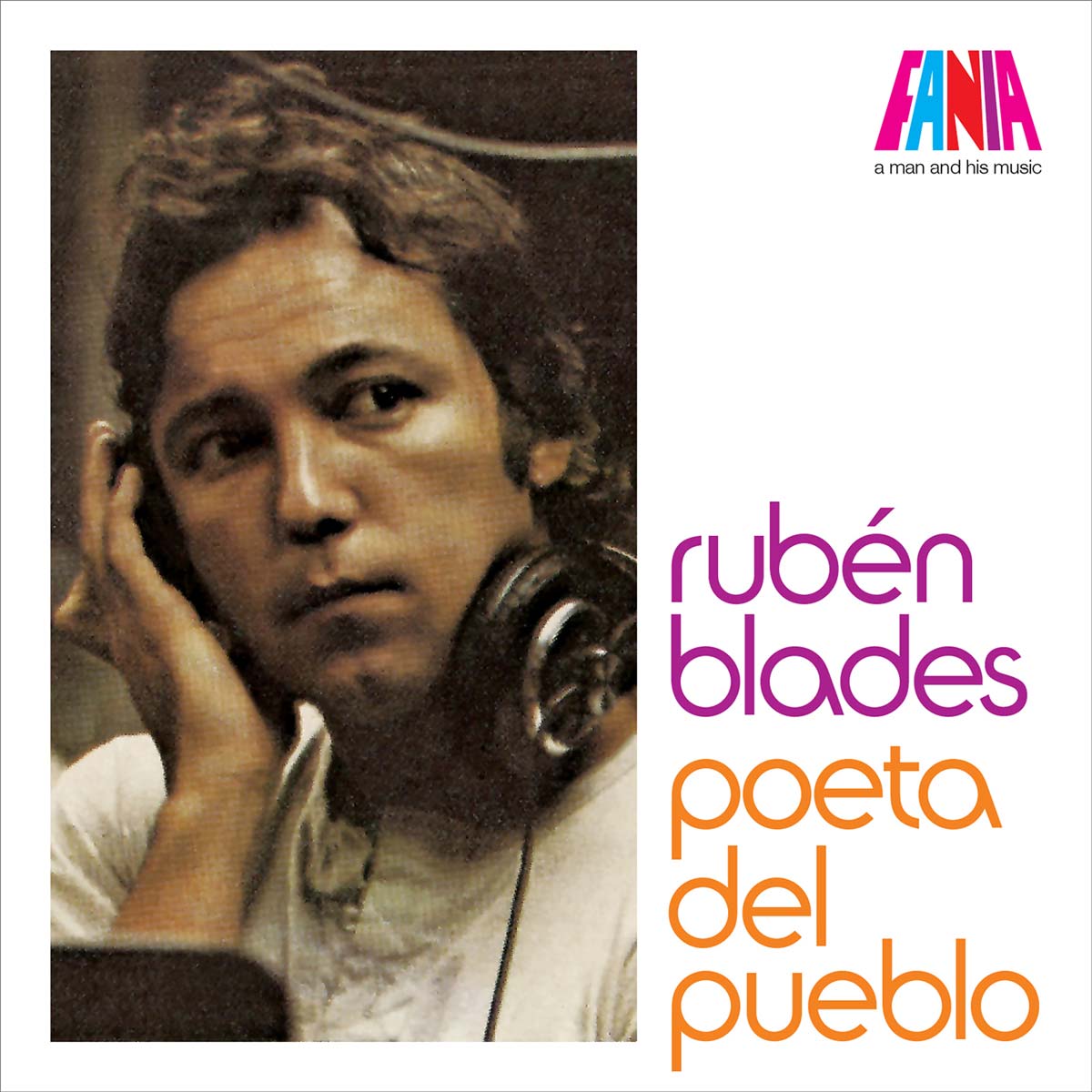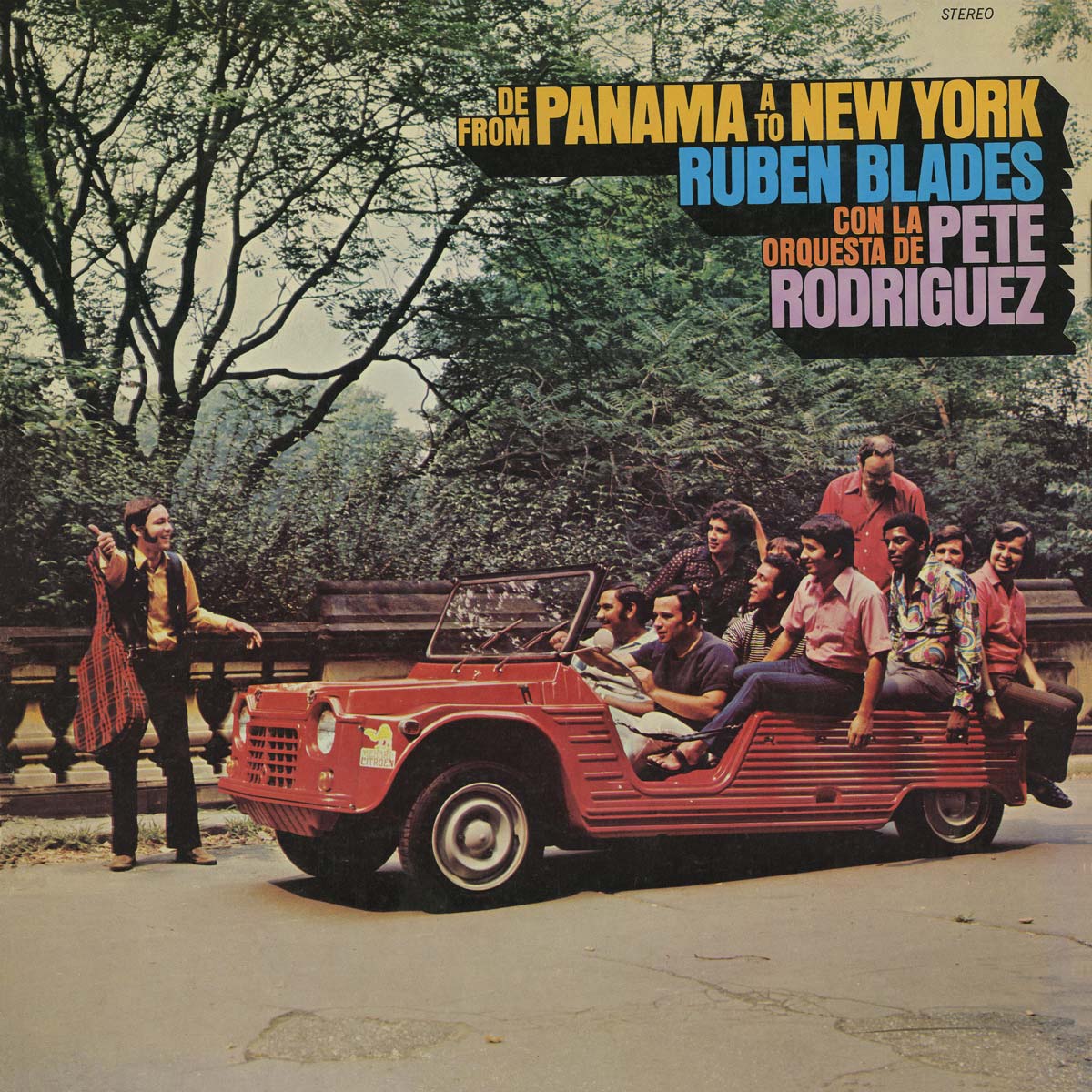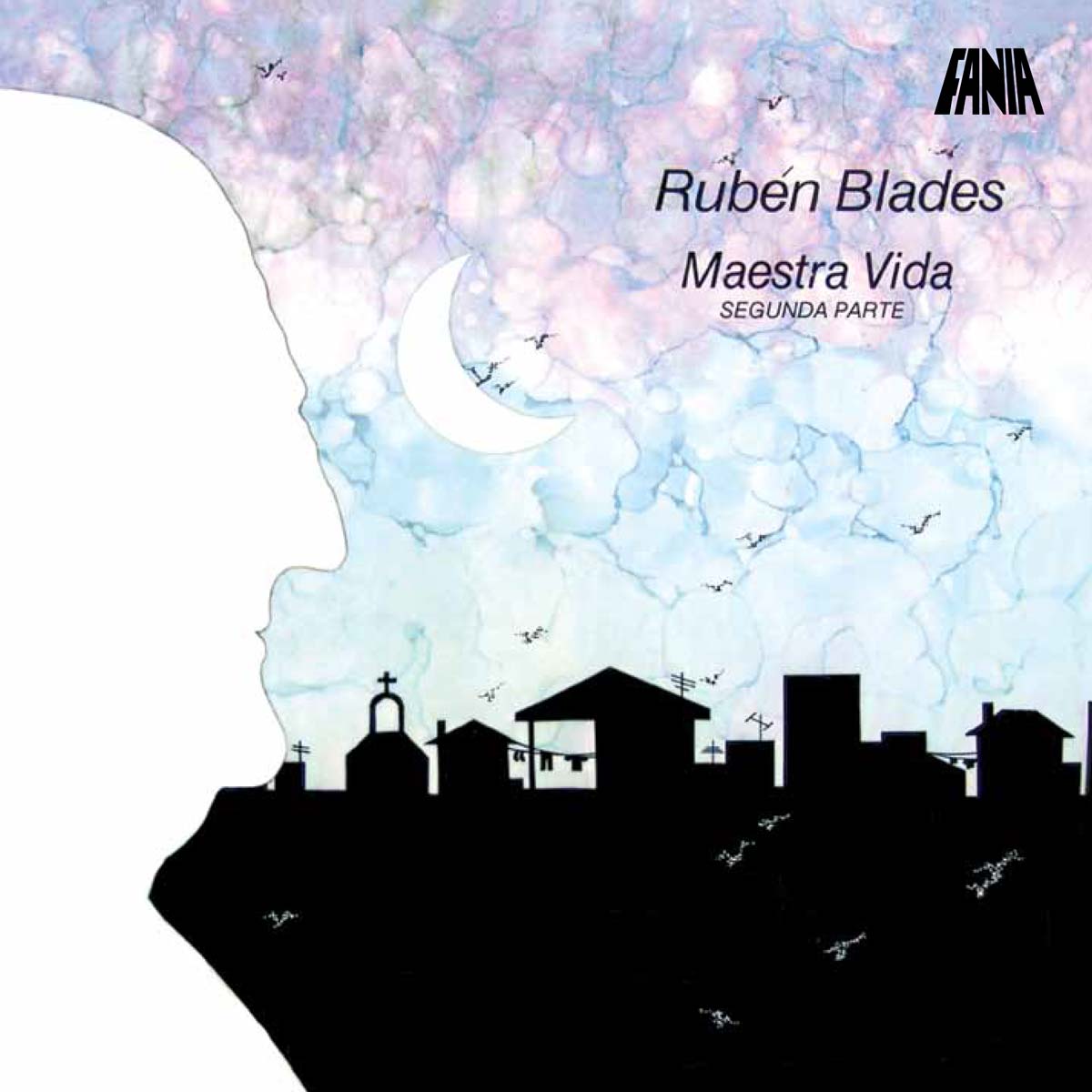
The two-man band comprised of neo-boricua musician Willie Colón and Panamanian singer-songwriter Rubén Blades has undoubtedly been one of the most successful in the history of Afro-Caribbean music.
The band’s hit album “Metiendo mano” contributed classics such as “Pablo Pueblo,” “La maleta,” and “Plantación adentro.” Later, the 1978 album “Siembra” held a long-standing record for the highest sales in the history of Afro-Caribbean music. This album included hits that we will always remember: “Plástico,” “Pedro Navaja,” “Siembra,” “Buscando guayaba,” and “María Lionza.” These all made an important contribution to Latin American folklore, and introduced a new political and social style to salsa music.
As suggested by its title, “Maestra Vida II” is Part Two of the album “Maestra Vida.” On this album, the magical pen of Rubén Blades tells a story that could happen to anyone, anywhere. In the story, the love of the beautiful and graceful Manuela Pérez and the courtship of her lover Carmelo DaSilva lead to obsession, and the problems that couples everywhere face.
This magnificent musical allegory was a true classic, and deserves a place in the record collection of every salsa aficionado and student. The album is innovative and remains relevant even today.
Looking back at the albums that arose out of that distinguished and unforgettable time, “Maestra Vida I” and “Maestra Vida II” are among the most important. These are true classics of the genre.
In keeping with the theme established in the first album, which recounts the tale of Manuela and Carmelo’s union, the second album is more restrained and finds the protagonists in full maturity.
The story now ends with the death of these musical heroes who were given life by Rubén Blades.
“Maestra vida cámara
te da y te quita
te quita y te da”
Here, in the songs “Carmela (Después) La Doña” and “Carmelo (Después) El Viejo DaSilva,” Rubén recounts the life of the beautiful girl who is now an old woman, and her lover who is now an old man. The protagonists’ experiences over time and the teachings of “Maestra Vida” give us food for thought and perspective on our own lives.
In short, this is education through music: on the one hand, we can find meaning and direction for our own lives through the experiences of the protagonists; on the other, it demonstrates the proper construction and development of a good musical production.
The entire album is accompanied by the best musicians of the time, many of whom were part of the Fania All Stars.
In “El velorio” and “El entierro,” we can visualize the farewell of two soldiers on the battlefield of life: Manuela Pérez and Carmelo DaSilva, who, despite the daily trials and tribulations of life, enjoy their “Maestra Vida.”
“Maestra Vida I” and “Maestra Vida II” are the result of the dedication of Rubén Blades as composer, and the first opportunity for Henry González and Larry Harlow since the 1973 salsa opera “Hommy” to embark on an Afro-Caribbean musical production that takes on the difficult task of telling a story. Here, through Carmelo and Manuela, they tell of the trials and tribulations of the Afro-Caribbean people.
Years ago, Rubén said to me, “Fate is taking me down a different path. I don’t have anything else to say. I’ve said it all.” Certainly, Rubén Blades has used his pen to express his feelings to the entire Latin American population. His is a message of faith and hope, but also one of struggle. In “Maestra Vida I” and “Maestra Vida II,” Rubén gives free reign to his thoughts, with a message for all that truly transcends generation gaps.
Seven songs, all written by Rubén Blades, end this marvelous story. These two albums are indispensable, both musically and historically, and belong in the record collections of all Afro-Caribbean music fans.
Album Credits:
Leopoldo Pineda: Trombone – Solos in “Manuela”; Slide Trombone in “La Fiesta”.
Jose Rodríguez: Trombone
Lewis Khan: Trombone
Reynaldo Jorge: Trombone
Willie Colon: Trombone – Principal solo in “La Fiesta”
Jose Torres – Piano
Milton Cardona – Congas, Claves
Jose Mangual Jr. – Bongoes
Salvador Cuevas – Bass
Johnny Andrews – Timbales
Ruben Blades – Vocals, Accoustic Guitar, Maracas, Percussion
Harold Hohon’s String Ensemble – Violins
Coros: Milton Cardona, Jose Mangual Jr., Willie Colon, Ruben Blades
Engineers: Jon Fausty, Principal; Mario Salvati, Assistant
Percusion and Assistant engineer – Kelvin Zambrana
Invited guest: Anoland Diaz
Mix: John Fausty and Willie Colon
Arrangements: Carlos Franzetti, Louie Cruz, Marty Sheller, Javier Vazquez, Improvisations.
Personnel in la cantina:
Guillermo Ledezma – voice of Rafael Da Silva
Cesar Miguel Rondon – voice of Carlitos “Lito” Quinones
Ruben Blades – voice of Quique Quinones
Principal Narration: Cesar Miguel Rondon
Illustration: Dennis Wundelin
Original concept and Art Direction: Irene Perlicz
Producer: Willie Colon
Written by Juan Moreno Velásquez


